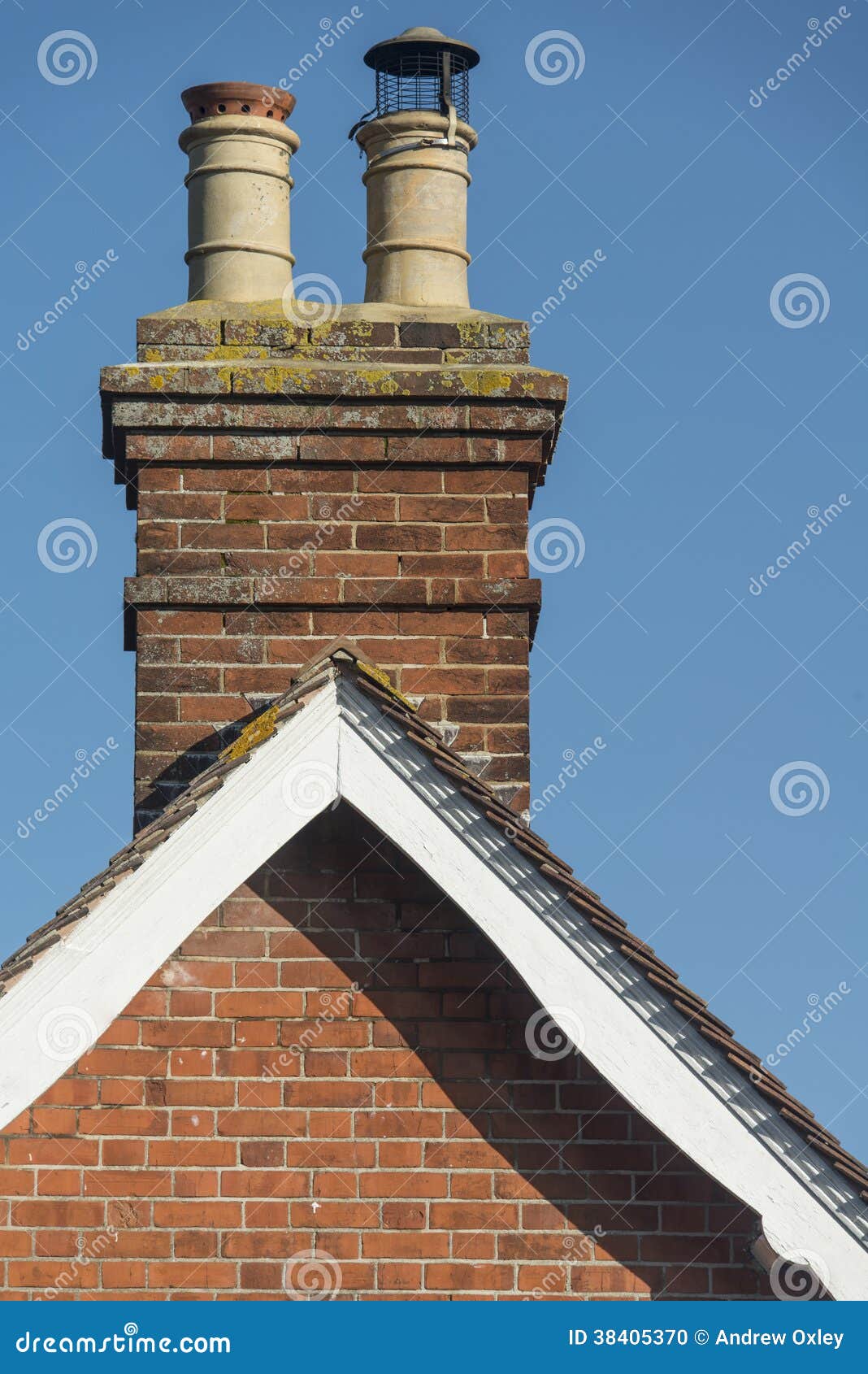

Either use a cement based water resistant system or, dry line the wall on an independent lathing system or over a vertical DPM.Don’t use a lightweight gypsum based plaster to repair the damage.Don’t forget diligence is the rarest commodity in the construction industry, so you must find a contractor who will take sufficient care to follow the rules…which are: Remedial work is straightforward but some diligence is needed. Disposing of the contaminated material to waste. The end result is that the plaster is now hygroscopic and will always be so.

Some of the salts derived from flue gasses can become deliquescent at 85%RH or so (I have Graham Coleman to thank for this science bit), so in effect they become liquid and are drawn through to the plaster via capillarity – salts move in solution no other way.


#Chimney stack menu free
These are from the slates, back-pointing, external chimney pointing and such – they are relatively free of flue gas derived ammonium nitrates and chlorides.įurther down the stack, the chimney is encased in a porous plaster and this, combined with high humidity in the room below means that once wet, drying is slow, there’s plenty of time for salts to migrate through to the plaster and stay there. Repeated wetting and evaporation has concentrated those seen here. This runs down and wets the timber, leaving minerals they dissolved along the way. You may wonder where we get these two different salts? Well, the salts accumulated on the roof timbers are there due to years of tiny water ingress and condensation on the underside of the roof slates. This is because the salts are hygroscopic and are causing the meter to over-read because they are absorbing water vapour. This reading is 45% WME – substantially higher yet visibly free of salts. So clearly, with visible salts and a low reading from my conductivity meter, I know that this wood is dry and the salts are merely a sign of drying out – they are efflorescent saltsĬontrast this with the reading seen below, taken from the back of the ceiling plaster. But it’s also true that salts which are dry do not do this. Some say that salts make a conductivity moisture meter over-read.that’s true. However, the trimming joist is securely fixed in intimate contact with the chimney stack, shouldn’t it be wet? In the following image there are signs of water ingress. On the featured survey I was able to get in the loft and check for leaks myself. Leaky flashings, pointing and open chimney pots are the most common causes.īut when these are clearly in good condition, or have been repaired, hygroscopic salts are the most common cause. Of course, the first thing to do is check for leaks and fix them.
#Chimney stack menu skin
Often the damp stain will feel greasy to the touch (like your skin does when you’ve been swimming in the sea). A muggy day will be sufficient for the stains to become more clearly defined. They often come and go with damp weather, though it doesn’t necessarily have to rain. Typical symptoms are damp patches, which may or may not be salty looking. Salt contamination from concentrated flue gas salts which persist has caused this issue. This is a short example of the problem I investigated this week in Harrogate, West Yorkshire. Usually the roofer has been back a couple of times or three and still the problems persist.Ībove – stains of the face of the front bedroom chimney breastĪbove – Stains on the rear bedroom chimney breast and ceiling. The common complaint is that the roofer has either fixed the stack or the flashing, but the damp still comes in. I’m finding that the number of enquiries relating to damp stains on chimneys is on the up.


 0 kommentar(er)
0 kommentar(er)
